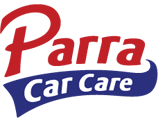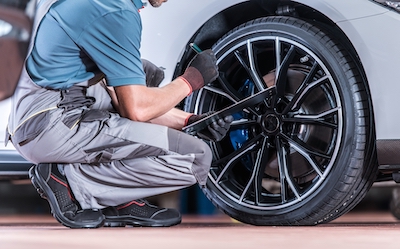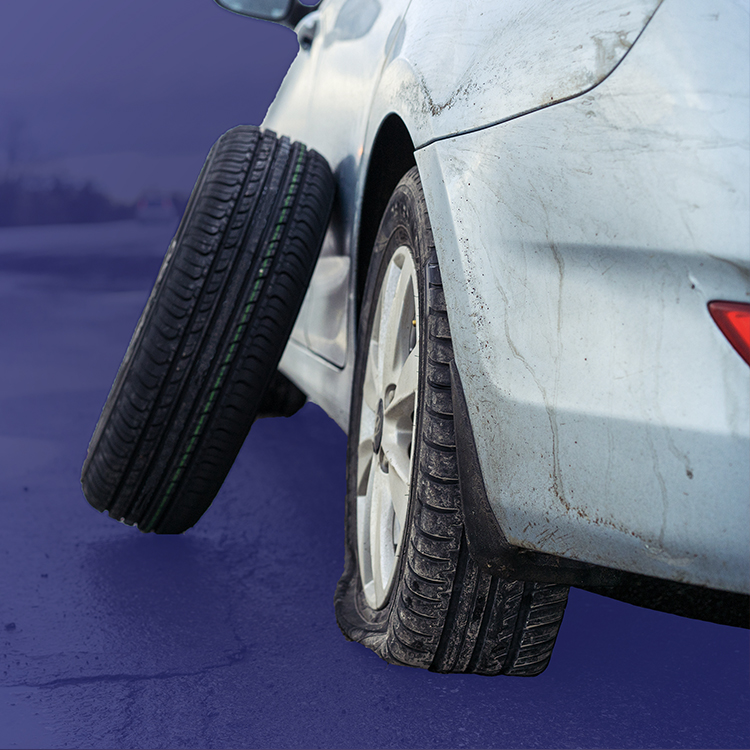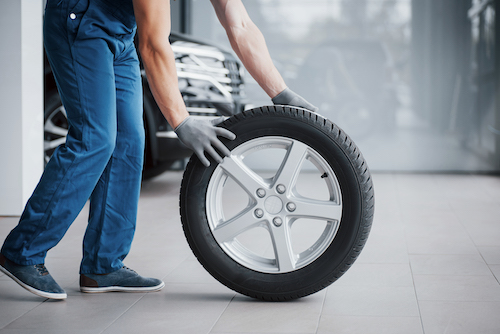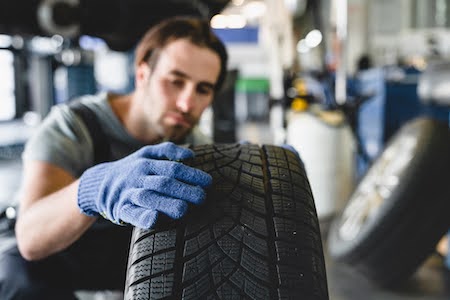
Have you thought about your tire tread depth lately? For many Euless, Texas drivers, the answer to this question is “no,” even though low tread depth can put you and your passengers at risk while driving.
If you’re wondering where to start when it comes to inspecting your tire treads, you’re in luck. Keep reading for our guide to why tread depth matters, how to measure your tread depth, and where to find a reputable tire shop to buy replacement tires if your current treads are dangerously low.
The Importance of Tread Depth
To understand why tread depth matters, you’ll need to know a bit about tire tread in general. Tread is the raised section of your tires that makes direct contact with the road, and it’s designed to create traction (particularly in conditions where inclement weather is a factor). Tire tread can also protect your tires from damage.
Once you have that knowledge, you shouldn’t have trouble understanding tread depth — this is simply the distance from the highest point of your tire tread to its lowest point. Tread depth is traditionally measured in 32nds of an inch, and new tires typically have a tread depth of 11/32” or 12/32”.
Of course, your tire treads won’t stay this deep forever. As tires get exposed to friction from regular driving, their treads will gradually wear down. When they reach a certain point, your treads won’t be able to provide sufficient traction, and that will significantly increase your risk of hydroplaning on wet roads and encountering other safety risks. To avoid these dangers, visit a tire shop to get rid of your worn-out tires and buy a new set of wheels.
How Drivers Can Measure Their Tire Treads
Since tread depth plays a crucial role in determining your safety while driving, you’ll always want to have some idea of how deep your treads are. Fortunately, you don’t need specialized equipment to measure your tire treads. If you’re trying to gauge the depth of your treads, you can use:
The Penny Test
The penny test is perhaps the most popular — and simple — way to check a tire’s tread depth. To complete this test, all you’ll need is a single, standard US penny.
While performing the penny test, hold your penny so that Lincoln’s head is upside-down, and stick it into your tire tread. If you can see Lincoln’s head in its entirety, you have less than 2/32” of tread depth, and you’ll need to replace your tires immediately.
The Quarter Test
The quarter test works much like the penny test, except that you’ll use a quarter instead of a penny. Simply insert a quarter into your tire treads upside-down, just like you would during the previous test. If your tire treads reach Washington’s head, you have at least 4/32” of tread left.
Tire Tread Wear Bars
Even if you don’t have a penny or quarter handy, you can still check your treads. Look for tread wear indicator bars — these bars are molded into most tires sold today, and you can find them at the bottom of your tires’ tread grooves.
When measuring your tire treads, make sure your indicator bars are flush with the ribs next to them. At that point, your tires have no more than 2/32” of tread left, so replace them as soon as possible.
Tire Tread Gauges
Though you don’t need a tire tread gauge to estimate your tread depth, it can certainly be helpful. You can purchase an inexpensive tread gauge at your go-to auto parts store. The gauge will give you a highly accurate measurement of your remaining tire tread depth. To use this device, stick its probe into one of your treads, and push the probe’s shoulders flat against your tread block.
Other Reasons Drivers Need Tire Replacement
Though tires often need to be replaced due to low tread depth, this is not the only reason why wheels reach the end of their service life. No matter how much tread your tires have left, you’ll probably have to replace them if they’re dealing with:
Sidewall Bubbling
If you drive on a flat tire, travel over speed bumps without slowing down, carry loads too heavy for your wheels, or hit a pothole or curb, your tires could develop sidewall bubbling. This form of tire damage can’t be repaired safely. To avoid the possibility of a sudden blowout, replace them right away.
Additional Types of Damage
In many cases, skilled mechanics can fix tire damage and give your current set of wheels another chance. That won’t be true if your tires are dealing with unfixable problems such as:
- Severe damage sustained in a car accident
- Damaged areas that overlap with previous tire damage
- Punctures larger than a quarter-inch in diameter
- Multiple punctures located less than 16 inches apart
Old Age
Tires don’t last forever, but it’s tempting to get the most out of your current wheels — even if you’ve had them for a long time. However, this is rarely a good idea. Low tread depth is one of the biggest reasons why you should replace old tires, but aging tires are also far more susceptible to cracking than newer wheels.
Old wheels also have a harder time maintaining their ideal level of tire pressure. When your tires consistently lose more than one pound of pressure per square inch monthly, avoid using them for much longer.
Finding a Tire Shop Euless Residents Trust
If your tire treads are getting dangerously low, it’s time to buy new tires. To do that, you’ll need to find a local tire shop you can truly count on. Are you wondering where to find a local tire shop? If so, make a point of looking for businesses that offer:
- A substantial selection of tires: The best tire shops always keep a wide variety of tires from prominent brands in stock.
- Knowledgeable, qualified mechanics: Before committing to a tire shop, make sure they employ ASE-certified mechanics. These workers have the experience they need to suggest the right tires for your vehicle — and to take care of your new wheels for years to come.
- Helpful tire maintenance services: Once you’ve invested in a set of new wheels, you’ll want to keep them in good shape for the foreseeable future. To do this, prioritize maintenance services such as tire balancing and wheel alignment.
- Auto repair services: If your tire shop handles vital car repair and maintenance tasks, you won’t have to find another business when you need these services.
- Locations around the area: To make tire service as convenient as possible, find a tire shop with multiple locations in and around Euless.
- Great prices — and more deals: In addition to providing affordable rates for its products and services, your tire shop should help customers save even more by sharing online coupons.
Are you looking for a tire shop that delivers all these benefits and more? You’re in the right place. For more than 45 years, Parra Car Care has been the most trusted tire shop Euless has to offer. Whether you need new tires or tire maintenance work, schedule an appointment online today!
